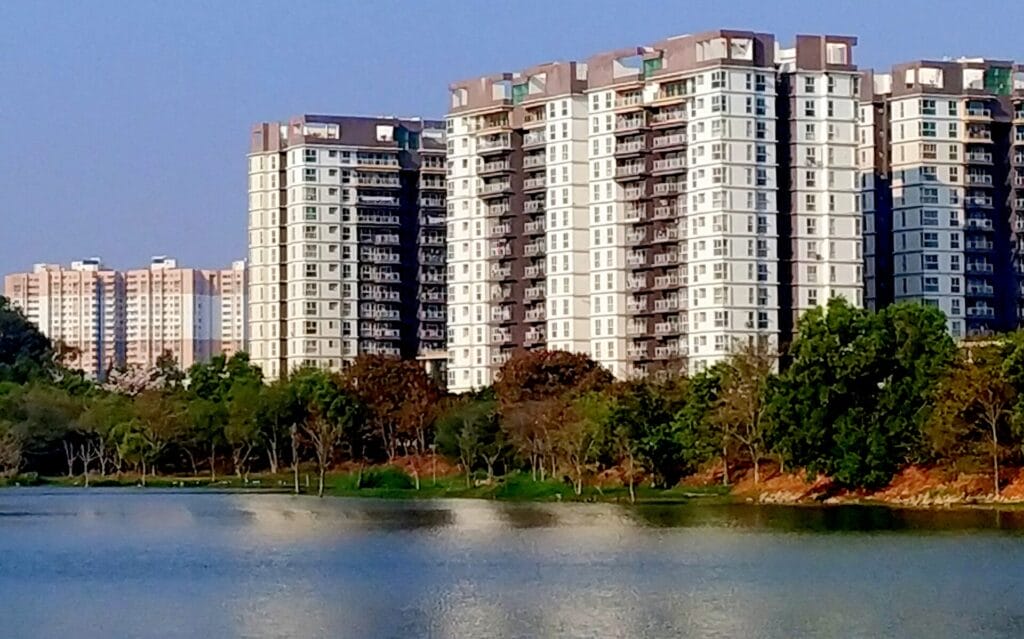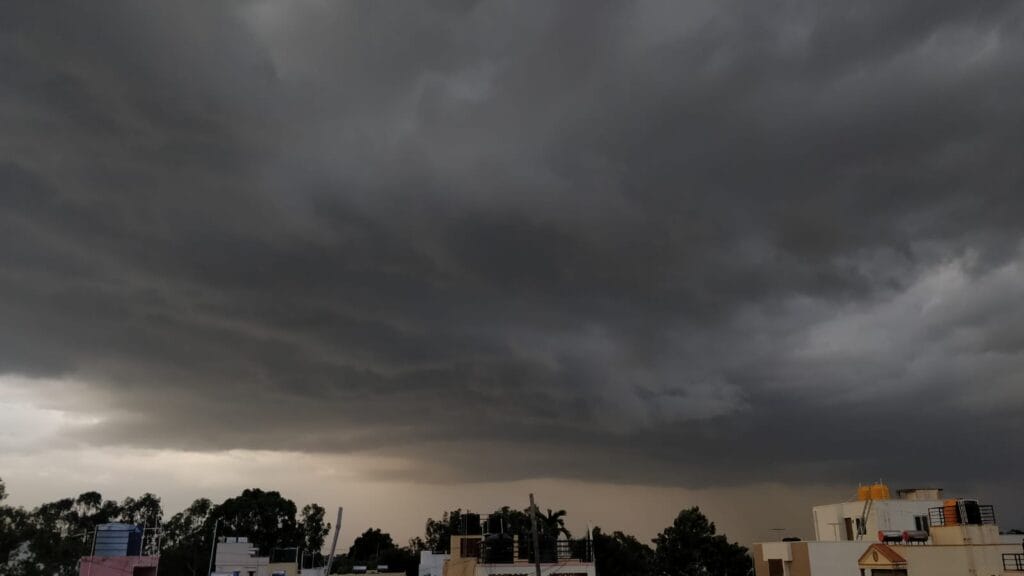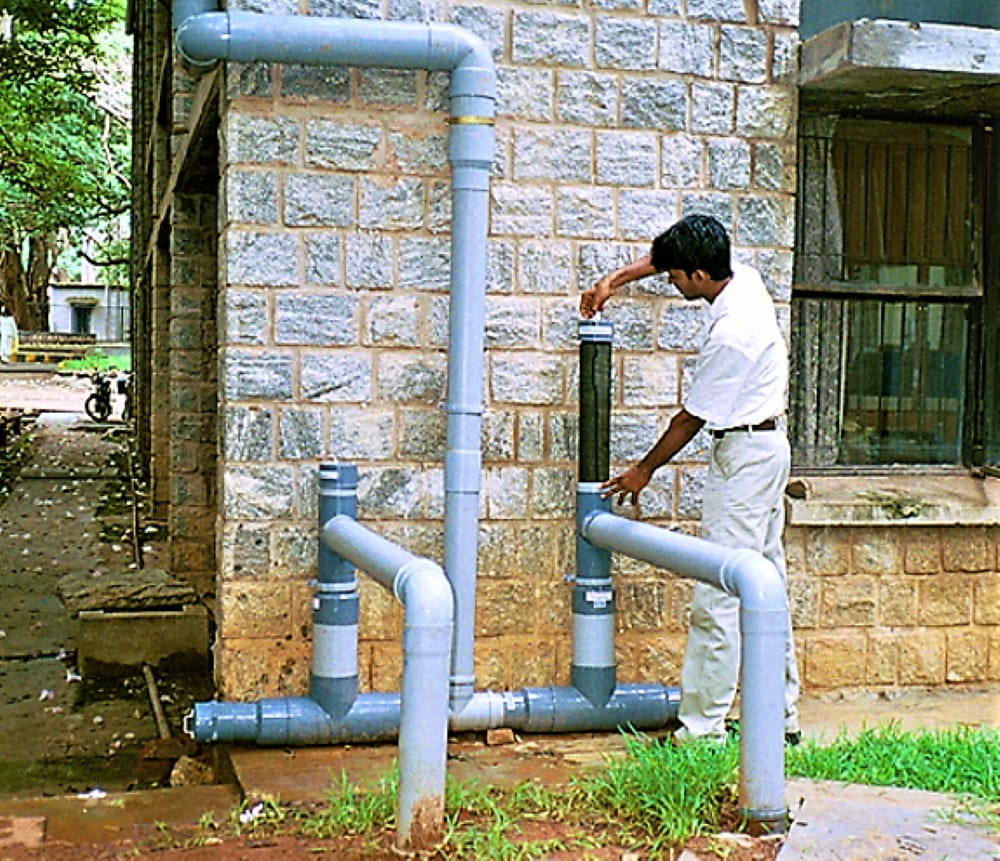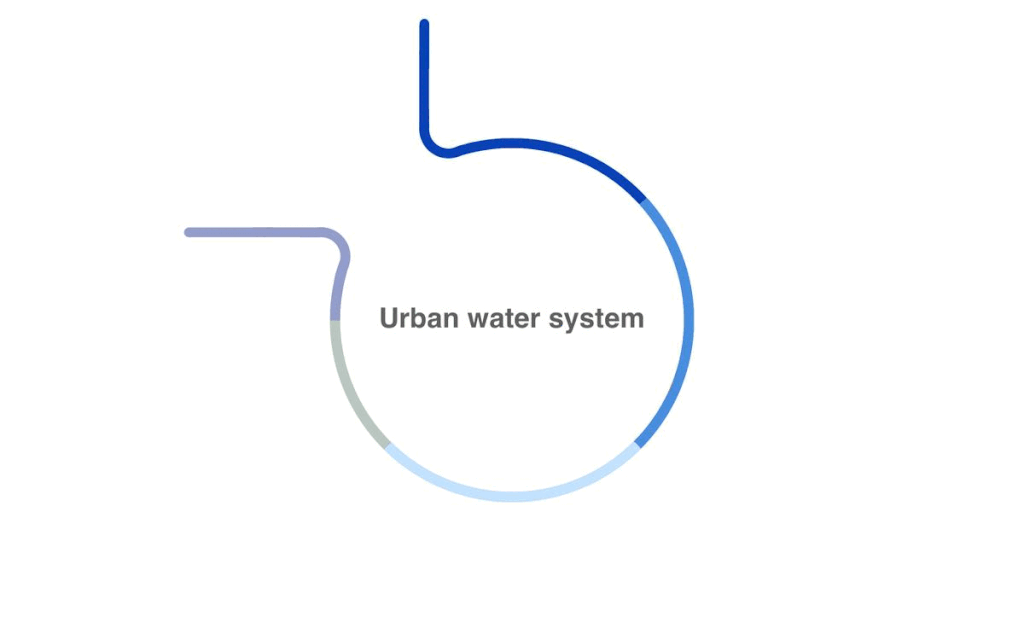Here is the deal with water and Bengaluru, and it makes no sense.
We have had a year of poor rainfall and there is water shortage. Our reservoirs are running low, and our groundwater is already over-exploited. We have had a rainfall deficit. Also, overall, the city is experiencing much more rainfall. And, every time it pours, it floods. But when there is no rain, we start needing tankers. We are the land of lakes and the land of lost wastewater potential. By now my editor will be groaning, so I will stop. But to make sense of my stream of consciousness spiel, I urge you, dear reader, to explore our series of stories around water management in the city.
Rainfall decoded
In October this year, researcher Ashwin Viswanathan and I looked at the rainfall patterns in the city for the past hundred years. The city is now much rainier. The average annual rainfall has increased from 900 mm in the 1900s to around 1,200 mm at present. But rainfall has also become more unpredictable. Last year, in 2022, the city received 1,957 mm of rainfall; the highest in 122 years. It was also the year of the dreaded floods.

Over 100 years of Bengaluru rains decoded
In contrast, 2023 has been a year of rainfall deficit, according to the India Meteorological Department (IMD). We had the driest June in six years and the driest August in more than a century.
Can a little boy affect Bengaluru’s rains?
All this means that Bengaluru is in for some water shortage in the coming months. Unsurprisingly, our data partner, OpenCity, found groundwater is over-exploited in the city.
Analysing Ground Water Usage in Major Indian Cities
Bengaluru continues to experience water logging and flooding during heavy downpours. However, we are lagging behind in rainwater harvesting. Senior journalist Navya PK found that the Bangalore Water Supply and Sewerage Board (BWSSB) has very little data on how much rainwater harvesting is implemented in the city.
Gaps in BWSSB data, public scepticism: Why rainwater harvesting is not popular in Bengaluru
Lakes in 2023
Meanwhile, our lakes are continuing to be encroached upon. Read this report on Venkateshpura Lake in North Bengaluru by me in February and Hosakerehalli lake in South Bengaluru by journalist Pragathi Ravi in April.
Beloved neighbourhood lake designated as a CA site, leased to a private trust
Hosakerehalli lake left in limbo
Lakes are filled with sewage, as documented by citizen journalist and conservationist Raghavendra Pachhappur, or ‘developed’ with very little public scrutiny or scientific guidelines.
How monsoon ready are the lakes of Bengaluru?
Speaking of sewage, even ambitious projects, like the KC Valley project, to send treated wastewater to rural districts is not without problems, as discovered by reporter Harshitha Padmavinod in this article.
KC Valley Project: Monitoring lapses, data gaps raise doubts over treated water quality

This mountain of problems may not be invoking the right holiday spirit, but there are solutions, at least according to urban water researchers Rashmi Kulranjan and Shashank Palur. In an insightful interview with me, the researchers from WELL labs, outline a clear set of steps that Bengaluru needs to take to become self-sufficient in water and resilient to the vagaries of rainfall.

The most important step in this process? Improve sewage treatment infrastructure and then re-using the wastewater for activities like gardening, construction and landscaping. This one step would also allow our cascading lake system to be free for their original function: capturing excess rainfall and acting as flood control. Do read the interview for more insights into how we can manage our water requirements without damming rivers hundreds of kilometres away.
Deluge or drought: Water researchers explain how Bengaluru can build resilience
The WELL labs researchers have also already laid the foundation for better water management in the city. They have released Bengaluru’s first water balance report, an audit of the city’s water usage, needs and potential.
Utilise treated wastewater: Bengaluru’s first water balance report
The association between water and Bengaluru makes no sense. But it can if citizens and our elected representatives care.




